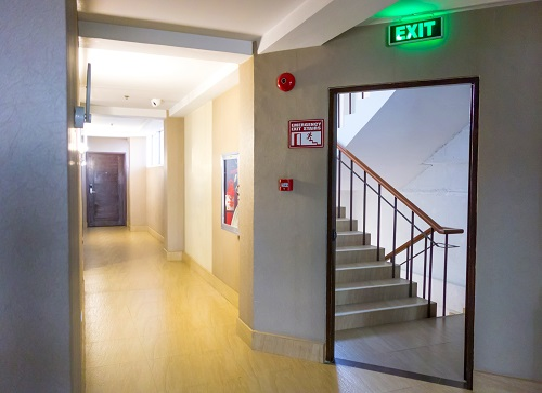When it comes to electric strikes, there are two types you can use: fail safe and fail secure. However, there are numerous differences between fail safe electric strikes and fail secure electric strikes, and knowing all of the differences before deciding which type to purchase at a place like Harry’s Locksmith is of the utmost importance.
Basic definition and facts about fail safe electric strikes
Before discussing anything else as it pertains to fail safe electric strikes, it is useful to know what the basic definition is for such a system.
If you have a system that is a fail safe electric strike that means the lock becomes unlocked when the power is removed. In other words, when the electrical power is running, everything is locked. However, if the electrical power fails or is stopped for any reason, the door is automatically unlocked. You mostly see fail safe systems used in main office doors or doors in a main lobby.
Mag locks are a common form of a fail safe electric strike, where an electric current creates a magnetic field that holds the metal plate in place keeping a door closed.
Basic definition and facts about fail secure electric strikes
Unlike fail safe, fail secure means that if the power is interrupted or fails, the door stays locked. For a fail secure system, the default state is locked or secured. So with a fail secure system, the door remains locked unless it is manually overridden.
Fail secure locks are most often used for IT rooms or other sensitive areas. However, since a fail secure door automatically stays locked during emergencies, typically it will have a mechanical override in place, like a regular key.
That said, it is worth remembering this is also a way of getting in the door without leaving any electronic traces, so it is generally the case that the use of mechanical override keys would be restricted to a small handful of people who have a high level of importance and/or knowledge of the system.
Some common examples of where you might see fail secure locks include fire-related doors and doors in a stairwell. This is because if a fire breaks out those doors will remain closed to seal off a portion of the space and help reduce spreading of the fire.
Common misunderstandings about fail safe vs fail secure
People tend to think that fail safe locks are intended to allow a quick exit in case of emergency. However, that exists with either a fail secure or fail safe lock because with either system you will never be restricted from exiting the door or building no matter what is happening.
It is worth remembering that the fail safe and fail secure terms only apply to points of entry. So, while these systems will never keep anybody from getting out in the event of an emergency, if not used properly, a fail secure system could theoretically impact people getting in to help if such situation arose.
Another misconception is that because people fear fail safe locks unlocking during power outages, they install backup batteries. While that makes sense on the surface, in actuality, it completely defeats the purpose of installing fail safe locks in the first place.
A lot of offices do this because they want to use glass doors, which are far more aesthetically pleasing. Except generally only magnetic locks work on glass doors, so the company essentially operates them like a fail secure magnetic lock. The mag lock becomes popular as a result because it works well with the glass door.
Electric strikes, in general, are actually fairly misunderstood because a lot of people are under the mistaken impression that all are fail secure. This is not the case as both fail secure and fail safe electric strikes are a possibility. The magnets inside the electric strikes shoot currents back and forth and this is what allows a door to lock or unlock, and can set up in either a fail safe or fail secure manner.
Regulations, Code, and Restrictions
For electrical strikes blazing rated doors fail secure strikes should be used per the National hearth Protection Association (NFPA) eighty, Standard for Fire Doors and Other Opening Protective’s. Fail secure strikes are pretty standard for doors of this kind, except when access is required upon fire alarm. There are not many situations where access to a fire alarm is necessary.
This regulation exists as a way to ensure that an electric strike does not affect firefighter access. Their method for access on a door with a mechanical lockset, like a key or access-control credential in the key box or a tool, can still be used.
For some types of hardware, your choice is restricted to fail safe or fail secure as a matter of what is even possible to purchase. For instance, electric latch retraction panic hardware, where the latch projects only if power is removed, is available only as fail secure.
On the flip side, electromagnetic locks, where there is no magnetic bond if power is removed, are available only as fail safe. However, most types of electrified hardware, including electromechanical locks, electric strikes, and electrified trim for panic hardware, can be purchased and set up as either fail safe or fail secure.
Some hardware needs to be custom ordered and tailored to fail safe or fail secure ends, though many hardware products are field-selectable.
When does it make sense to use fail safe or fail secure?
Fail secure products are more common than fail safe because of security concerns. So when making your decision about which to use, keep that in mind. If hardware is necessary to allow access when power is removed, go with fail safe products. If a secure outside lever is necessary when power is removed, go with fail secure hardware.




